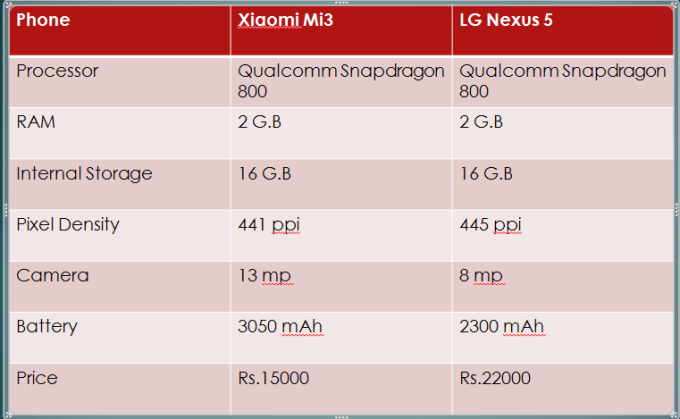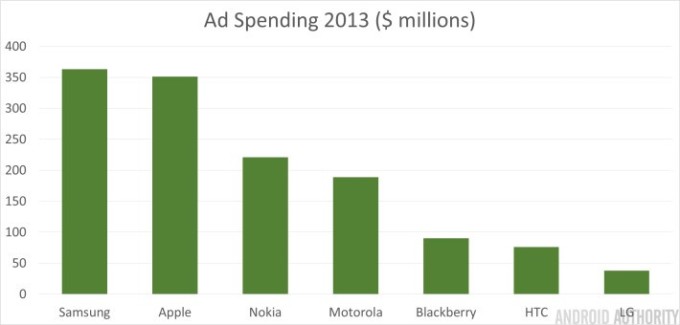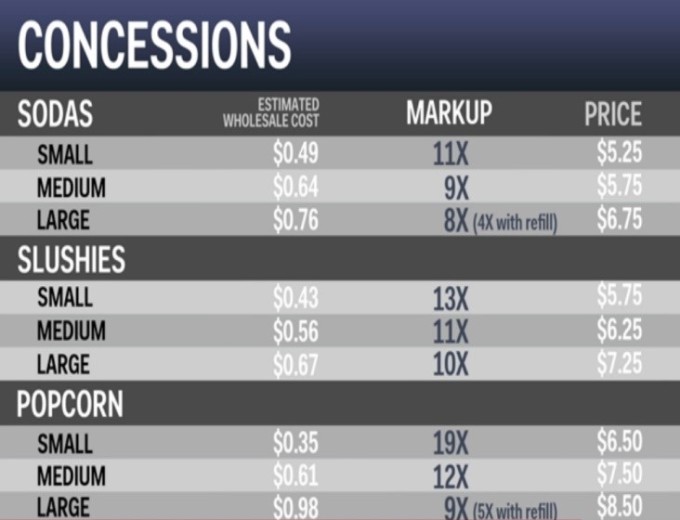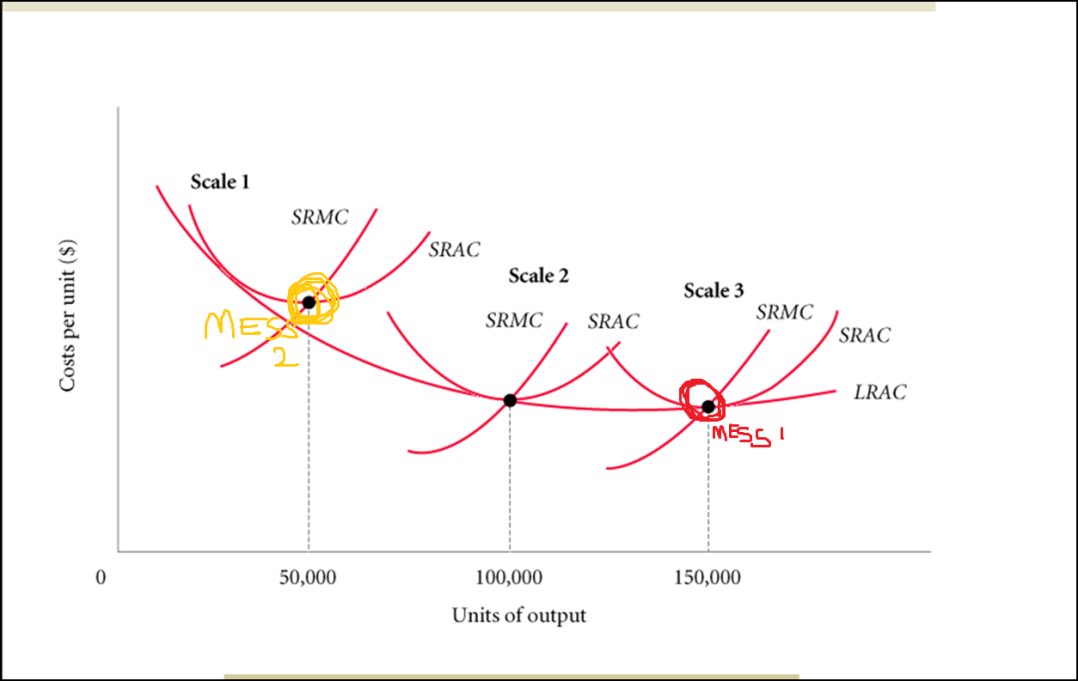Economics in Daily Life
- Abhijeet Singh

- Feb 11, 2016
- 4 min read
Economics is defined as a social science that studies how individuals, governments, firms and nations make choices on allocating scarce resources to satisfy their unlimited wants. This may sound complicated, yet the truth is that this discipline surrounds us all. Everything from standing in line for breakfast, shopping online, purchasing groceries, to the likelihood of getting a raise at your job is governed by basic principles of economics. This article talks about three such situations situations that we come across in daily life and how they can be better explained using economics. Understanding the principles behind them can help us better understand the world and hence make informed decisions.
1. Why do phones of firms like Oneplus, Xiaomi cost less than the similar ones in the market?
If people assume that such phones are somehow inferior, compared to expensive phones, they are sadly mistaken. The specs of the phones are almost the same. In many cases, these phones seem too good to be true. Then how is it possible that these Chinese brands sell such phones at such a low price without a trade-off on quality?

The answer lies in the cost of advertising.

The cost of advertising adds to the price of the mobile phone. The total cost not only includes the price of manufacturing and assembling the phone, but also advertising costs. These high advertising costs are the reason why such companies demand high prices.
Other factors would include:
Online sales. Thereby, cutting out middle-men.
Availability of Cheap labour.
Invite system and flash sales: The companies recognize the demand and produce accordingly. Thereby, there is no wastage of funds on mobiles which would ultimately not be sold.
All these above factors: Savings on advertising expenses (which add to the total cost), Online Sales, Cheap labour, and the system of invites and flash sales which all work on the economic principles allow these companies to sell their products at a price lesser than their competitors and thus earn profits.
2.Why are movie snacks so expensive?
It is very well known that snacks at the movie theaters are overpriced.

In 1929, a bag of popcorn cost only 5 cents (the equivalent of 62 cents after inflation) and a movie ticket cost 35 cents ($4.32 after inflation). And today, the average cost of a small popcorn is $4.75, and a movie ticket costs $7.20.
Modern day movie theaters make most of their money of food sales at theaters.
The answer is simple, and like other instances in this article, can be explained using simple principles of economics. It is quite obvious that cinema-goers aren’t allowed to bring food into the theater.
SEGMENTED PRICING:
A pricing strategy, in which a customer pays a fee in exchange for the right to purchase the product. Consumers are targeted segment-wise. These segments are created based on the willingness of the consumers to spend.
Segmenting different types of customers allows the theatre owners to charge them varying prices depending on the value received which is highly profitable.
Students, children, and people with large families are usually more price sensitive, and not likely candidates to spend money on snacks. The theatre owner doesn’t want to turn these customers away, and hence keeps the box office price lower. By charging higher prices to snack eaters, and minimal prices to others, the theatres earn how much ever each consumer in a segment is willing to spend. The movie screening bears a fixed cost to the theatres.
By charging high prices on concessions, exhibition houses are able to keep ticket prices lower, which allow more people to enjoy the silver-screen experience.
The purpose of expensive popcorn is to extract different sums from different customers. Popcorn lovers, who have more fun at the movies, pay more for their additional pleasure. The point being, popcorn eaters are willing to spend, and since theatres have a power of scarcity over the consumer, they do so.
CHOICE CONSTRAINT
There is no other competition- the movie theatre has a captive audience.
MONOPOLY: This is the constraint that the consumers have absolutely no choice after purchasing the movie ticket i.e, if a movie-goer is hungry, he has to buy expensive popcorn.
3. Mess 1 vs Mess 2
Everyone knows that mess-1 makes much better food in general. Last time during mess registration, mess 1 slots were filled within ten minutes. As I’m writing this piece, Mess-1 slots yet again, got allotted within ten minutes. Basically, there’s a tradeoff between convenience and good food when it comes to the messes in the campus. Girls might find mess-2 better just because it’s closer to the hostel. The same might be true with boys and mess-1.
We need to keep in mind that Mess-1 is twice as large as Mess-2 with about 1800 slots.
Why is MESS 1 better than MESS 2 in terms of quality of food?
Both messes charge the same rates. Then why does mess 1 make better food than mess 2?
What incentive does MESS 1 have to make good food?
Some of these questions might have often troubled us. But then “we would have taken LITE” and moved on. Again, there are simple answers which can be explained using economics.
A quick survey which I took, also pointed in the same direction that people preferred mess-1, and the reason mostly was, better food.
The answer lies in economies of scale or increasing returns to scale. (Lower average costs)
We need to realize that the sizes of the messes are fixed. i.e., the scale of production is fixed. Due to the sheer size of the mess-1, it would be safe to assume that it manages to lower average cost- per-plate by operating on a large scale and achieves the most efficient point on the long run average cost curve.

How Bargaining strength comes through scarcity: Paper by David Ricardo published in 1817 stresses upon the concept of marginal land. There is one fertile land and another less fertile land (marginal land). The rent for fertile land is higher than rent for infertile land. New entrants would prefer to use the fertile land. The labour now becomes less scarce and land becomes more scarce which either forces the existing labour to charge less, or perform better.
Using such an analogy, Now MESS 1 acts as fertile land and MESS 2 acts as infertile land. Since Mess 2 has lesser demand (infertile land), It has lesser competition, and therefore lesser incentive to make better food.
-Abhijeet Singh



Comments